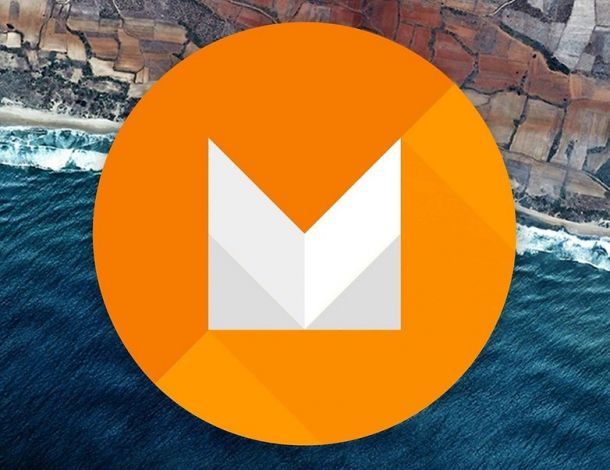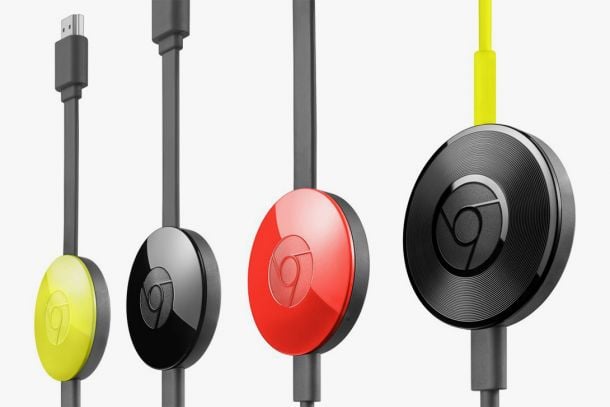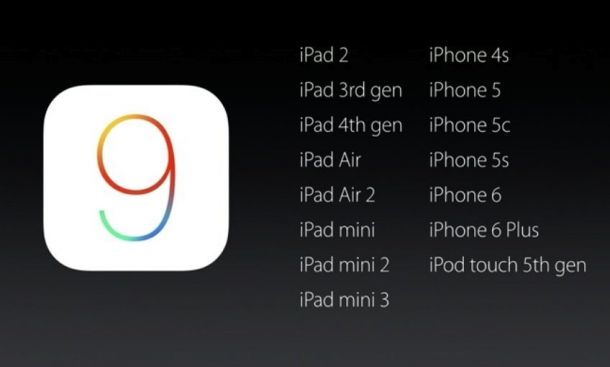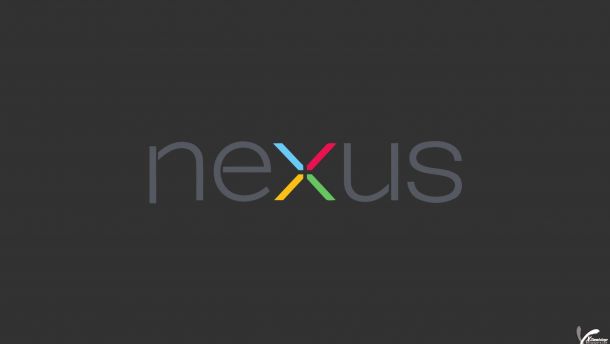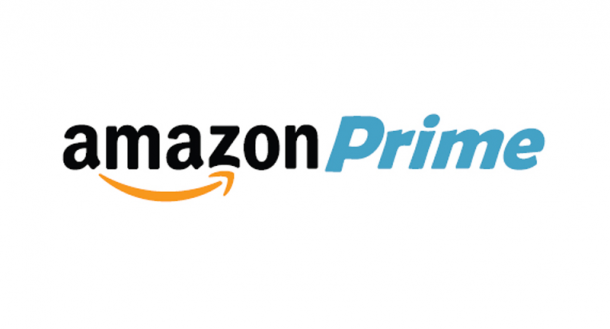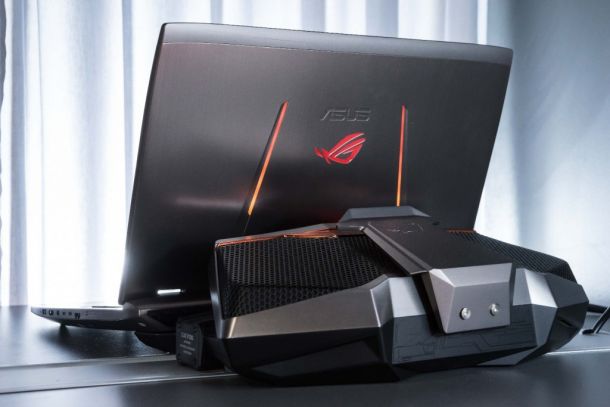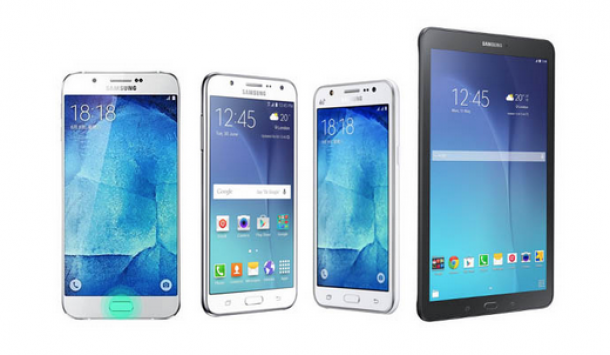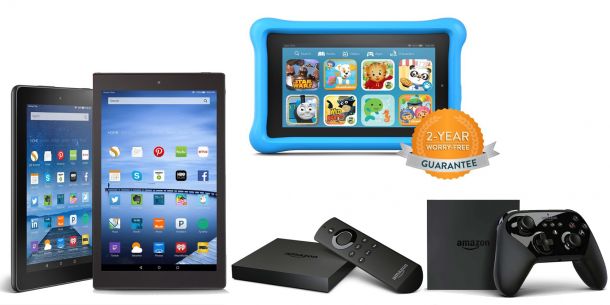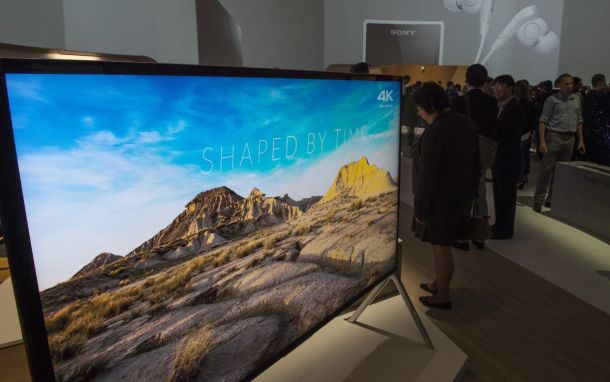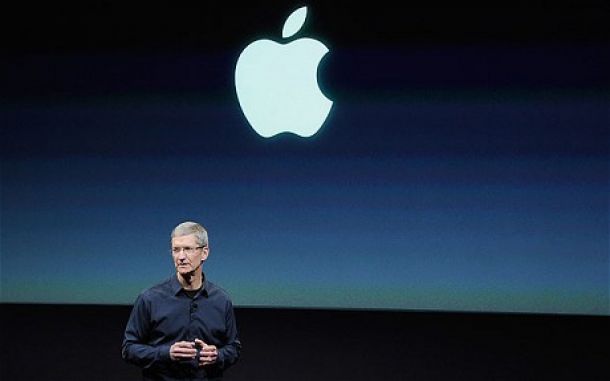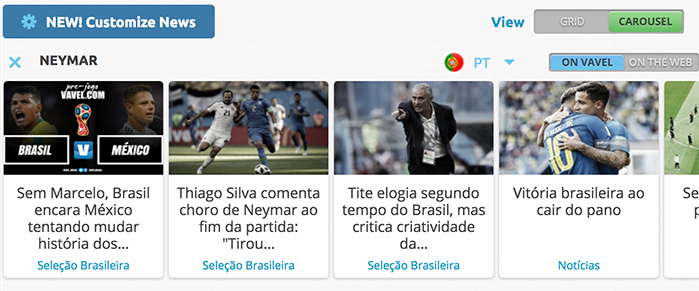
With a little under 20 minutes left in a Monday Night Football matchup between the New York Giants and Miami Dolphins, Odell Beckham did what can simply be described as highlight reel fodder for his thus-far spectacular career. What appeared to be an incomplete out of bounds play in the end zone was routinely challenged by the Giants' coaching staff. During this time, viewers at home gazed at their monolithic television sets as ESPN showed impossible angles of the catch in question (even one from the beleaguered pylon-cam).
Meanwhile, reporters and analysts tweet their opinions while juggling their smart phones as the head referee evaluates the play from every hi-def viewpoint that can be provided. Coaches on both sidelines calculate their next move on Microsoft-provided Surface tablets while communicating strategies over hi fi headsets provided by Bose--The Official Sound of the NFL. Back at home, fans tend to their 5" smart phones as the commercial break inundates them with images of another, smarter, LeBron James-endorsed, phone they could buy.
If it hasn't been made clear already, this article isn't about the minutia involving Odell Beckham's 11th touchdown catch of the 2015 season, but rather the ubiquity that exists--both on and off the arena of play--between technology and sports, today.
In the past, technology has had a tough time of penetrating the tried-and-true mentality that impedes new ideas in most sports. Major League Baseball has been perhaps the biggest opponent to technological involvement in North American sports (being the last of the big four to implement instant replay in 2008), but even it has had to acquiesce to modern times. So much so, if fact, that in June of 2015, MLB commissioner Bob Manfred announced the sanctioning of a supplemental replay-center in San Francisco. Pro Baseball may not go as far as mandating tablets in dugouts or micro cameras in every nook and cranny of a baseball park, but the shift in thinking is clear, and has been for a long time.
On the opposite spectrum is the gung-ho attitude of on-field implementation that the NFL has lobbied for. The aforementioned scenario involving Odell Beckham is just one of many in the NFL this season that has been made possible with technology. A professional football stadium is a proof of concept in Orwellian surveillance. Cameras suspended from cables, manned by professionals, and imbedded in disposable pylons seems like just the beginning of a larger experiment. POV cameras seem like a forthcoming inevitability as fans get to indulge in just about every possible visual experience a sporting event can provide. Commissioner Goodell may be criticized for how he's bungled personal conduct cases that plague the purity of league, but he's done quite a job licensing out the shield to Silicon Valley (to be fair, neither Microsoft nor Bose are located there).
There is, of course, predictable consequences of the NFL's attitude toward technology. Growing pains and "technical malfunctions" are easy headlines when things go awry. In a Monday Night matchup between Washington and Dallas, the Cowboy's suffered a power issue on the sidelines which rendered their Honolulu blue Surface tablets unusable. But for every time a quarterback who unceremoniously abuses his gridiron gadget, a field in Green Bay or Chicago is artificially warmed against the unrelenting approach of winter. As is with all new advances in tech, the balance between efficiency and "technology for technology's sake" is always one that must be addressed, but in most cases the opportunity cost tilts heavily toward the side of tech.
The biggest impact technology has had in sports as a whole, though, exists off the field and in a more interpersonal way.
In fact, every major sport in the world heavily relies on the technology off the field to disseminate interest to a broader audience. The rise in consumer mobile electronics has given birth to spectating on the go. Apps and subscriptions like MLB TV and NBA League Pass, among others, have become a gateway that supersedes the advent of television before it. Larger handheld screens have also buffered the rise in cheering for the home team from virtually anywhere.
Beyond simply consuming a sporting event, consumer technology has made sports more personal. Social media avenues like Facebook, Snapchat, and Twitter have connected fans directly to their favorite players and teams--for better or worse. Access changes the way leagues, franchises, and personalities can interact with their audience. User generated content surrounding sports is at an all time high as the big networks compete to simulate the "homemade" feel of regional entertainment.
In an interview with YouTube tech blogger, Marques Brownlee, Laker legend Kobe Bryant discussed his own relationship with tech centering around fitness performance and health, as well as his own critique of the relationship between tech and sports today: "When I first came into the league the world was such a different place, in terms of connecting with people and being able to follow--things of that sort." Kobe goes on to discuss, and get excited about, the ease technology provides of actually getting better at his craft--whether that is watching a video of a former great or scouting a potential opponent.
What becomes plainly clear in Brownlee's interview is that technology very nearly becoming something that can't be talked about in an acute way as it has in the past. Technology is so closely woven into the fiber of how not only sports progresses, but also as society progresses as a whole. Whether discussing the networking power that connects coaches to players, leagues and teams to fans, or simply the way the internet has brought everything closer, technology in professional sports isn't something that can be argued or debated as being of supplemental value but rather as something so integral to it's very existence.
It was ruled a catch and touchdown in that pivotal 3rd quarter a few Monday nights ago for the Giants. It was a moment brought to fans by technology, and stay tuned for many moments ot come.



